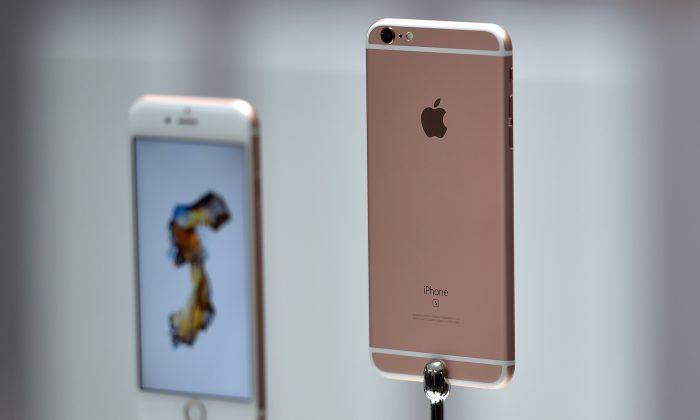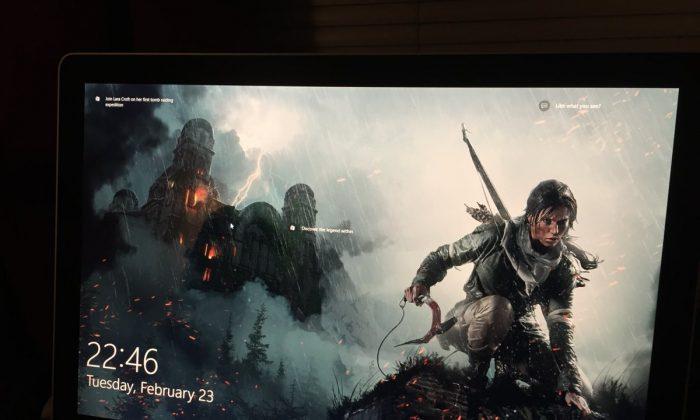The iPhone 6s and iPhone 6s Plus have one unique feature that set them apart from other iOS devices, a new interaction model that will likely become the new norm for iPhones and iPads henceforward. Called 3D Touch, the new technology can sense pressure differences for screen touches and taps and enable certain shortcuts that make iOS 9 navigation even faster and more enjoyable.
People who have owned iPhones in the past will immediately appreciate what 3D Touch can do – and third-party developers have yet to take advantage of the feature – while new iPhone buyers will just get used to iOS complete with 3D Touch integration. Like any iOS setting, 3D Touch can be customized and even turned off if need be.
DON'T MISS: Report claims Surface Pro 4 has a killer feature iPad users can only dream of
Customizing the sensitivity of 3D Touch is simple and you just have to know where to look. Go to the Settings app, and then General, then Accessibility, then scroll down until you find 3D Touch and tap it, and then make your selection.
By default, 3D Touch sensitivity is set to Medium, with lower (Light) and higher (Firm) levels available to the user. After setting the desired 3D Touch sensitivity option, you can try it out (Peeks and Pops) on the test image provided by Apple – see image above.
From the same page, you can turn off 3D Touch functionality, in case you still find it confusing. One of the things 3D Touch enables is Live Photos (GIF-like image animations), but the feature works even with 3D Touch turned off.
This article was originally published on BGR. Read the original article.





